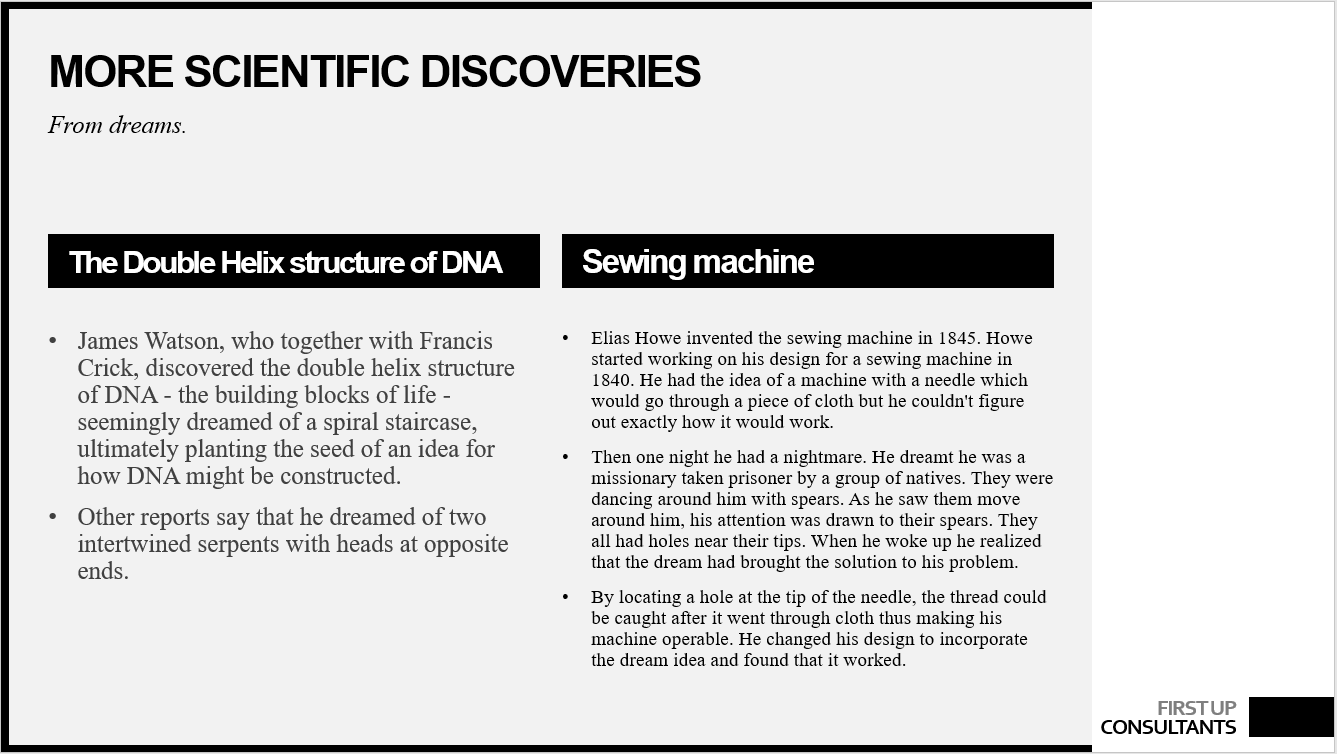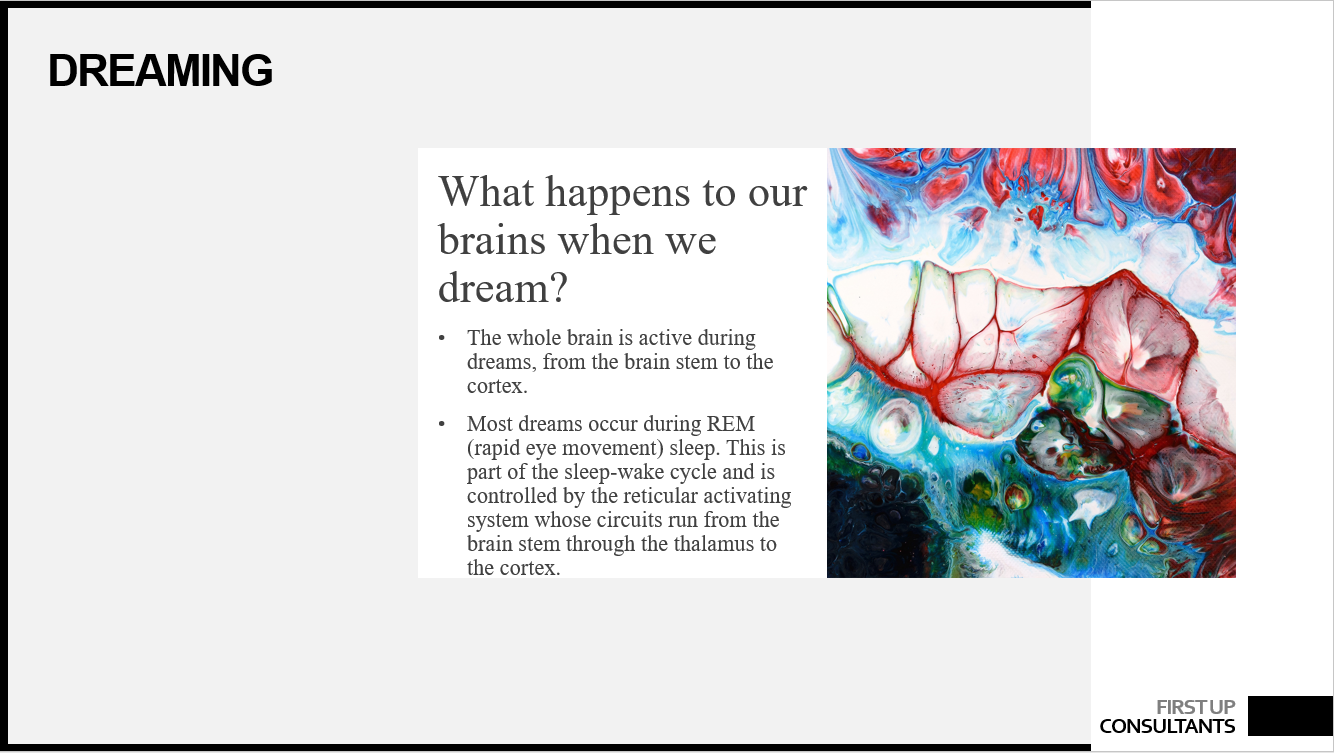-
ABOUT US
-
ACADEMICS
Curriculum Program
Departments
- English
- High School Chinese
- Primary and Junior School Chinese.
- High School Mathematics
- Middle School Mathematics
- Primary School Mathematics
- Music and Fine Arts
- Physical Education
- Physics
- Chemistry
- History and Geography
- Physical Science and Optional courses Department
- Middle School Biology
- High School Biology
- Social Sciences
- Computer Science
- Courses in Primary School
Achievements and Matriculations
College Counseling
Science & Technology Innovation Contest
-
ARTS
-
ATHLETICS
-
AT SHSID
SHSID ∣ TIMES
PTSA
Club Exhibition
- 龙吟社
- Live 2 Drama
- Choir
- Hip-pop Dance Club
- The Primary School Dance Troupe
- Symposiums Club
- Biology Workshop
- You Shan
- VEX Robotic
- Peking Opera Club
- Baseball Club
- Model United Nations
- The World Scholar’s Cup
- Future Problem Solving Club
- United States Academic Pentathlon
- OM Club
- AMC Club
- Music for Patients
- SHSID Gazette
- Smile Charity
- Cultural Moments
- SciAcademy
- Stem Doge Alliance
- Chinese Debate Club
- IAA
- Mock Trial Club
- Zhengming Club
- Art-to-zine
- Bananaheads
- Electronics
- Furry Friends
- GT-Racing
- MCG Philharmonics
- Village Radio
- IMMC Club
- Creative Design and Intelligent Fabrication
- Future City Research Project
- ECOCAP
- AdvocaSEA
- SPDC
- Medishine
- Floorball Club
- Animusic MTC
- Wings Up
Health and Wellness
Campus Safety
Cafeteria Service
-
ADMINISTRATION
-
ADMISSIONS
-
ALUMNI
Alumni Information
Honors Students
- Class of 2024
- Class of 2023
- Class of 2022
- Class of 2021
- Class of 2020
- Class of 2019
- Class of 2018
- Class of 2017
- Class of 2016
- Class of 2015
- Class of 2014
- Class of 2013
- Class of 2012
- Class of 2011
- Class of 2010
- Class of 2009
- Class of 2008
- Class of 2007
- Class of 2006
Who Studied at SHSID
SHS Foundation
-
DOCUMENTS
Grade 9:Online Assembly(2)
On March 27, Sophie from class 9(11) shared information with her grade in the online Assembly. She talked about dreams and how many people have made scientific discoveries or received inspiration from their dreams. What happens to the brain when people dream? Through research literature, Sophie found that during dreaming, the whole brain is very active from the brain stem to the cortex; and that most dreams occur during REM (rapid eye movement) sleep. But why do people accept crazy and illogical things that happen in dreams? The literature points out that the least active part of the brain when we’re dreaming are some parts of the frontal lobes, which may explain why we can be so uncritical during dreams.
Sophie also cited Srinivasa Ramanujan as a dream researcher. Srinivasa Ramanujan was an Indian mathematician who lived during the British rule in India. Though he had almost no formal training in pure mathematics, he made substantial contributions to mathematical analysis, number theory, infinite series, and continued fractions. His contributions included solutions to mathematical problems that were considered unsolvable. According to Ramanujan, inspiration and insight for his work came to him in his dreams. A Hindu goddess, named Namakkal, would appear and present mathematical formulae that he would verify after waking. Such dreams often repeated themselves and the connection with the dream world as a source for his work was constant throughout his life. Actually, there are many other scientific discoveries and inventions that came to us through dreams. Like the double helix structure of DNA, or the sewing machine.
Finally, Sophie mentioned that although their ideas may have come from dreams, they are still created by our minds. So, we still need to rely on hard work while being mindful of the power of human brain.



(Writtern by Sophie Li Pictures bySophie Li Supervised by Menglei Wang)